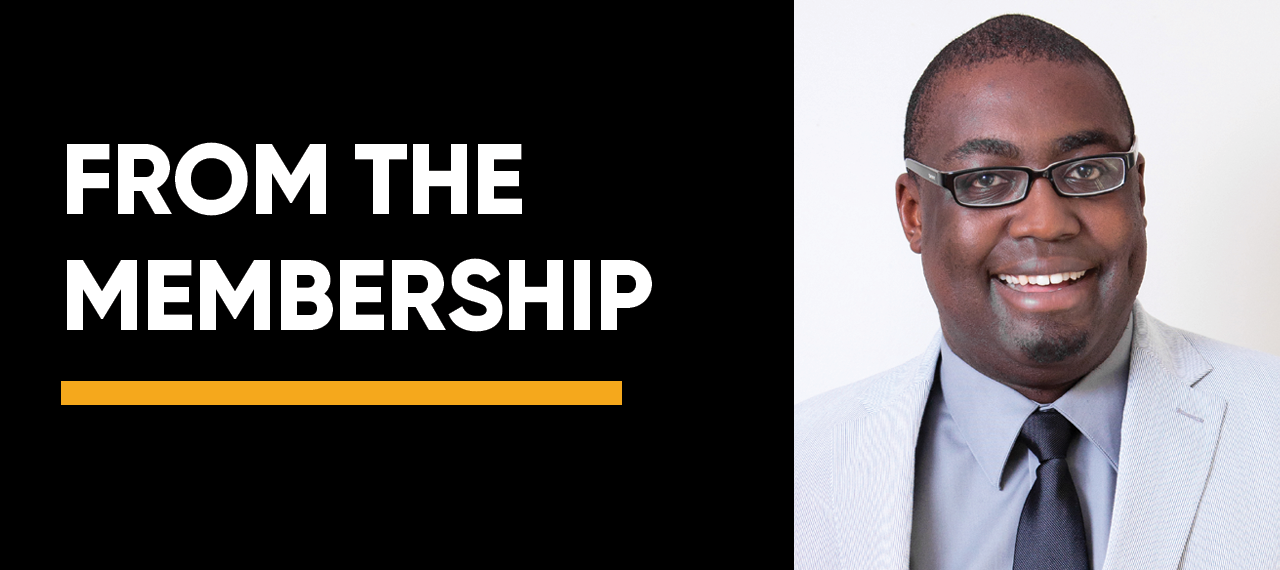
My varied, professional career within the A/E/C industries has spanned almost 25 years, yet only recent times have shaped how I view my role within. Upon enrolling in architecture school almost three decades ago, approximately 1% of U.S. architects were Black. Sixteen years later, I transitioned from a design field that remained 2% African American, to join a handful of Black architectural photographers currently practicing—and likely among the several to ever exist.
A few years ago, a brief meeting with an architectural client began to bend my mind’s trajectory. His opinion was that I should garner more attention and work on more known projects. This observation took me by genuine surprise because, in my mind, opportunities were growing more rapidly than I anticipated. It wasn’t until I seriously considered his statement that it occurred he might be correct. I was on the outside looking, a position to which I had become accustomed.
As a person of color who has always lived and worked in predominately white spaces, I’ve spent most of it garnering achievements from the “outside.” Due to its predictable, repetitive nature, it’s easy to conclude all paths forward are limited to membership of the “in” crowd. In a professional field as historically insular as architecture, that often translates to close association with an inner circle and politicking with gatekeepers to gain the exact references to accumulate the praise and awards to do it all over again. This culture begins early in our architecture schools. It spans our entire careers, resulting in identical decisions favoring the same small group that’s entirely disassociated from comparative talent, skill, or effort in a manner that’s disproportionate to a society that still has much progress to make.
My favorite statement of professional rejection is, “We went in another direction because we have experience with the other person.” It’s a familiar phrase and especially so for underrepresented groups. Instead of simply accepting this assertion, I began calling it out with a simple question: “If the threshold is experience and I have none with you, how do I possibly gain it?” This concept becomes further ridiculous considering my already well-established body of work. If a company has little faith in my ability only to default to more of the same, then what are they bothering me for? Even more damning, how are these companies evaluating talented prospects with no experience? It’s an unwarranted series of obstacles in which I’ve witnessed many gifted, enthusiastic, and extremely qualified individuals get turned away.
Two recent high-profile circumstances, both involving prominent African American women, cemented my resolve. The first was journalist Hannah-Jones’ lengthy tenure application fight at University of North Carolina and second Maria Taylor’s departure from ESPN. It mirrored the familiar experiences of POC undervalued in their professional occupation, which certainly begs the obvious question: Why would they still want to be there? Through our own hard knocks, many of us have drawn similar conclusions to Hannah-Jones, who joined Howard University, and Taylor who signed with NBC; we’re wasting precious time with people who don’t even want us. Perhaps sometimes where we hoped to be wasn’t where we should land.
Out of necessity, so many take the more difficult path of building careers from the outside looking in. If we’re not deemed to have the right experience by an independent party, there’s little chance their mindset will change no matter what we do. I matured enough to realize I should focus on those who share similar avenues of value and respect in favor of the unattainable. This conclusion wholly altered how I steer my business.
We should take time to feed our souls instead of concentrating on what eats away at it. Though far from equitable, small percentages among underrepresented populations possess greater privilege than any previous generation. The only way to retain and expand these opportunities for ourselves and others is to use them. If we’re one of the fortunate few who can leave a mark in this short life, we must move forward, tread and widen lanes for more to follow, or risk imminent regression. Banging on closed doors is no longer the only way and should not be at a sacrifice to those that are open.
Build your own circle but don’t let it confine your view. Stay where you’re valued. Go where you’re wanted.
Article written by Sterling Stevens, AIAP, LEED AP, owner and principal photographer at Sterling E. Stevens Design Studio. Sterling can be reached at info@sestevens.com.







